Hundreds of rainbow lorikeets fall from sky, paralysed by mystery illness
Hundreds of rainbow lorikeets have fallen from the sky in this Aussie town in the past week, paralysed by a mystery illness that has scientists worried.
Hundreds of rainbow lorikeets have fallen from the sky in the past week, paralysed by an illness researchers have struggled to understand.
More than 200 paralysed birds were taken into care around Grafton in northern NSW in the week to Thursday, struck down by a little-known illness called lorikeet paralysis syndrome (LPS).
About 40 per cent of the beautifully coloured birds won’t survive their unusual sickness, the cause of which remains unknown.
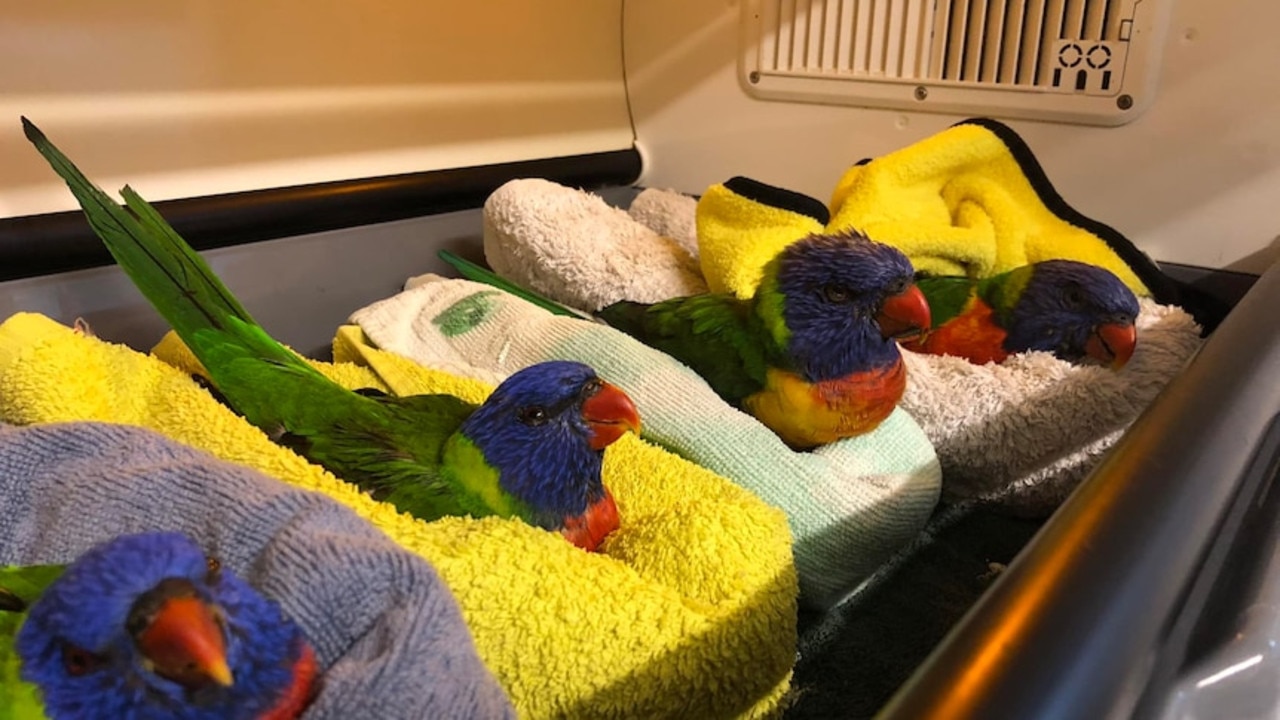
Birds that can’t blink, can’t eat, can’t fly
Thousands of rainbow lorikeets have been killed by LPS, mostly in southern Queensland and northern NSW, since the illness was identified in 2010.
The birds may appear wobbly as they hop along on the ground, with varying degrees of paralysis of their legs and wings. In the most serious cases, paralysis can affect the whole body and the lorikeet may be unable to blink or swallow.
David Phalen, a professor of wildlife health and conservation who specialises in LPS, called it a “significant animal welfare crisis”.
“These animals suffer terribly before they die or get killed by a cat or a possum finds them,” he said.

“They’re amazing birds,” Professor Phalen added, speaking to Scientific American last year.
“They’re smart. They’re entertaining to watch. They’re beautiful. It’s hard to see them as sick as they are. But at the same time, they’re battlers.”
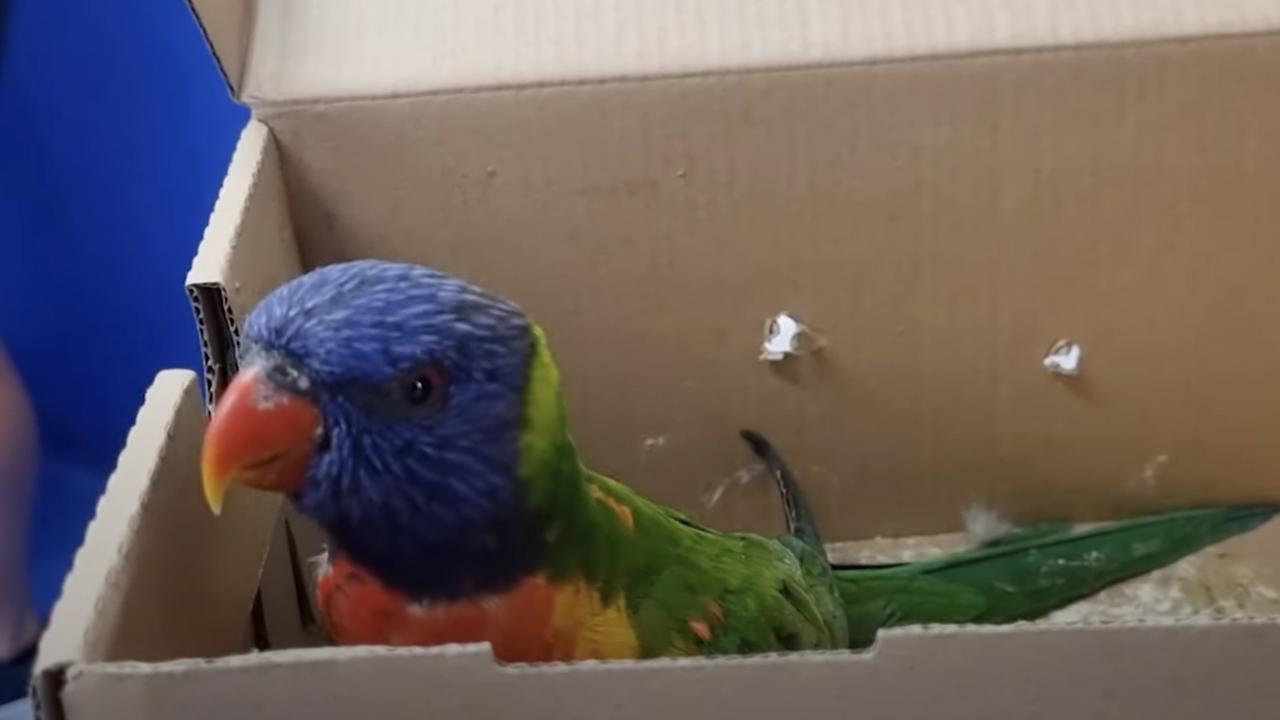
Robyn Gray, the Clarence Valley avian co-ordinator for WIRES, had more than 80 birds in her care this week and said “a lot of them don’t make it”.
“When they come in, they are underweight and malnourished and very sick birds,” she told the ABC.
“We’ve got professors in Sydney, Currumbin and Australia Zoo, Sydney Uni, all testing them and no one can really give a definitive answer.”

Despite the grim outlook, vets and volunteers work tirelessly to rehabilitate the sick birds.
In November, RSPCA Queensland took in four paralysed lorikeets, whom they named Mash, Chippy, Tater and Spud.
The birds were treated with fluids and nutrition therapy, pain relief and eye drops to combat their inability to blink.
“Sadly, Spud lost his battle to LPS,” the charity said in an update.
“However, Mash, Chippy and Tater are continuing to go from strength to strength. All three have been showing incredible improvements. They are now able to perch and are also beginning to self-feed.”
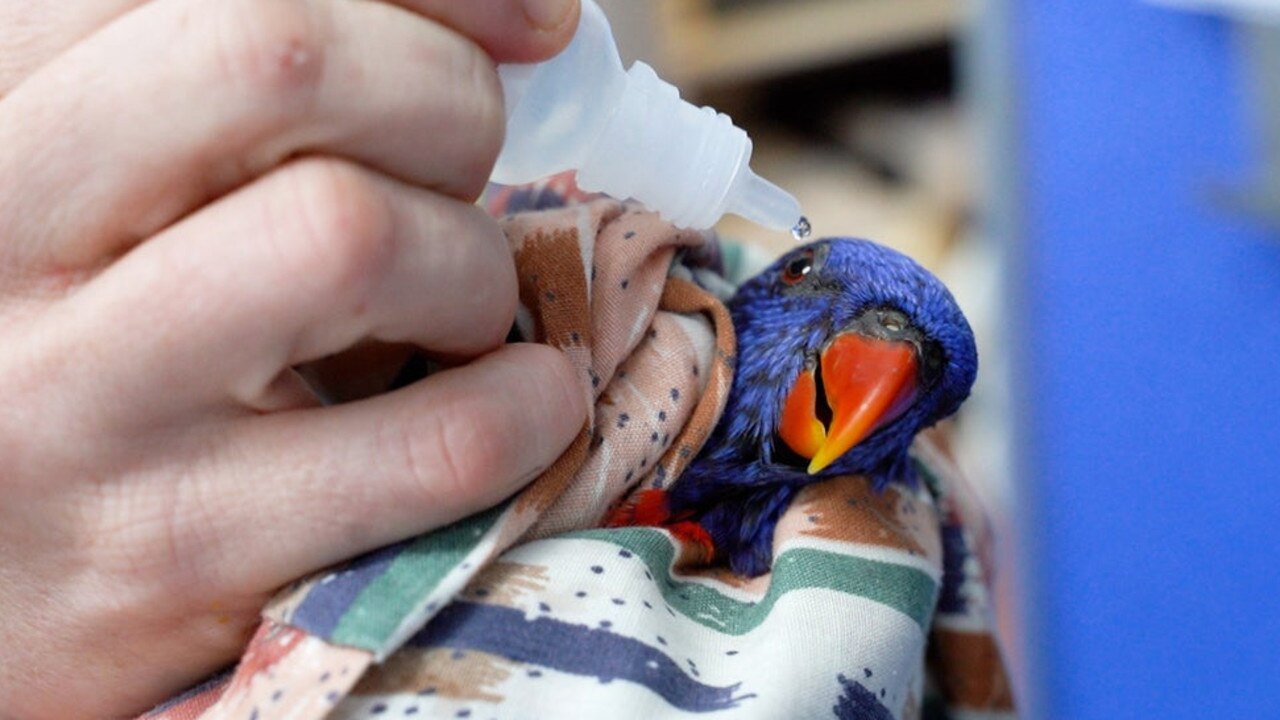
Mystery cause behind troubling illness
Researchers have struggled to identify the factor behind LPS, but a leading theory is that it’s caused by a pathogen that’s ingested by lorikeets when they eat a particular fruit or flower.
The illness is seasonal, striking between October and June each year with the highest number of cases between December and February, which could be explained if it’s related to a summer plant.
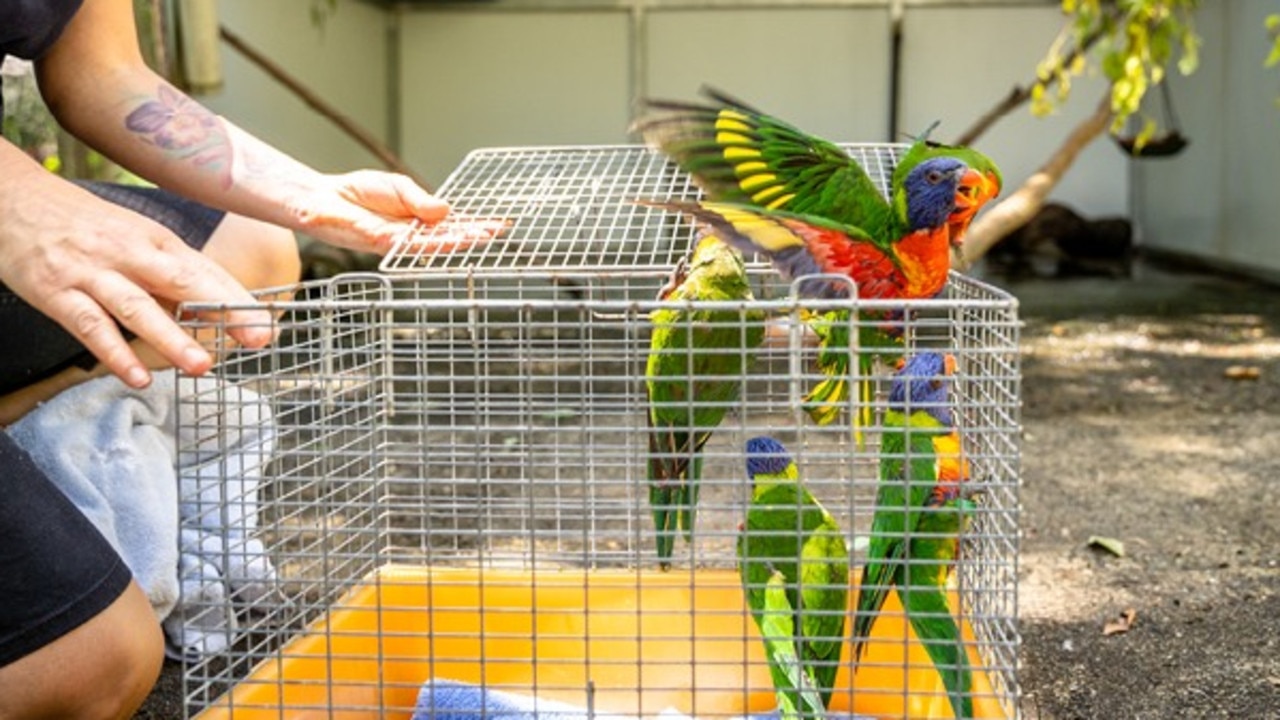
“Not all fruits they’re eating are necessarily toxic, so it could be a toxin forming inside them, possibly because the [fruit is] going off,” Professor Phalen explained.
“Or it could be [the fruit is] being sprayed inadvertently or intentionally with a pesticide or fungicide.”
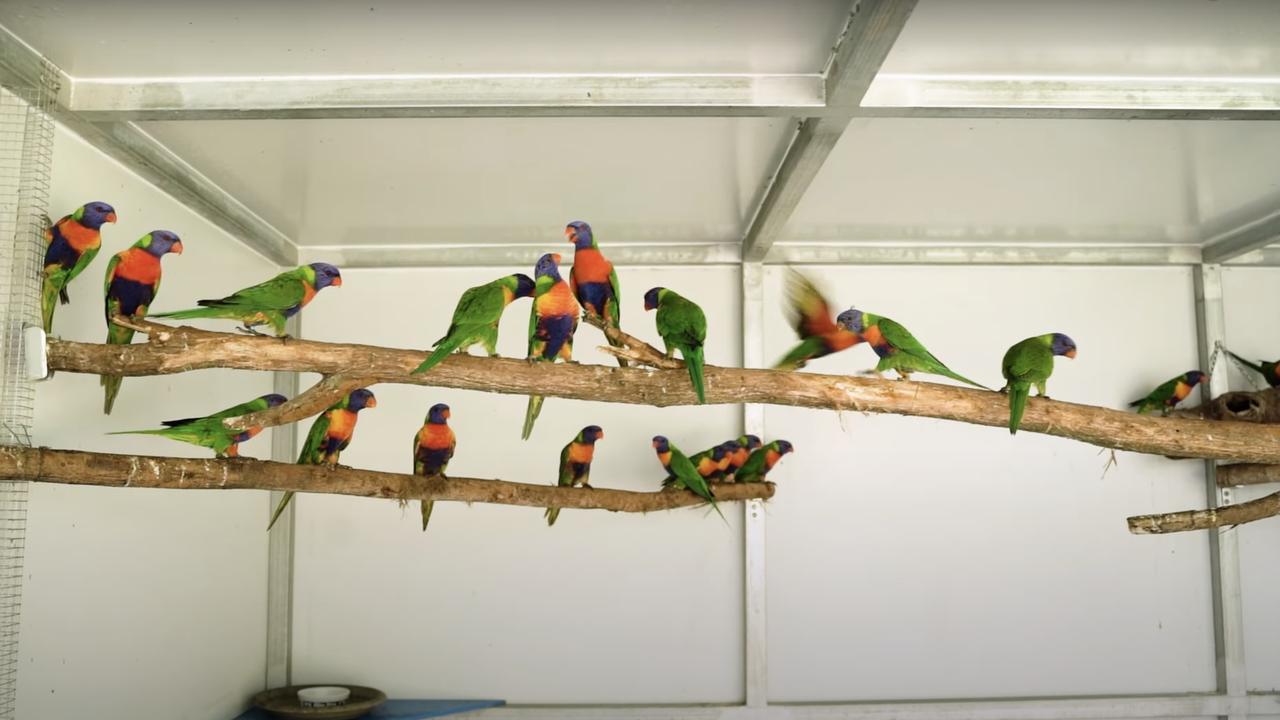
But all known pesticides and fungicides have been ruled out, as has the presence of an infectious disease.
“We still think there might be some toxins out there that we haven’t tested for and that will be the focus of our investigation this year,” Professor Phalen said.
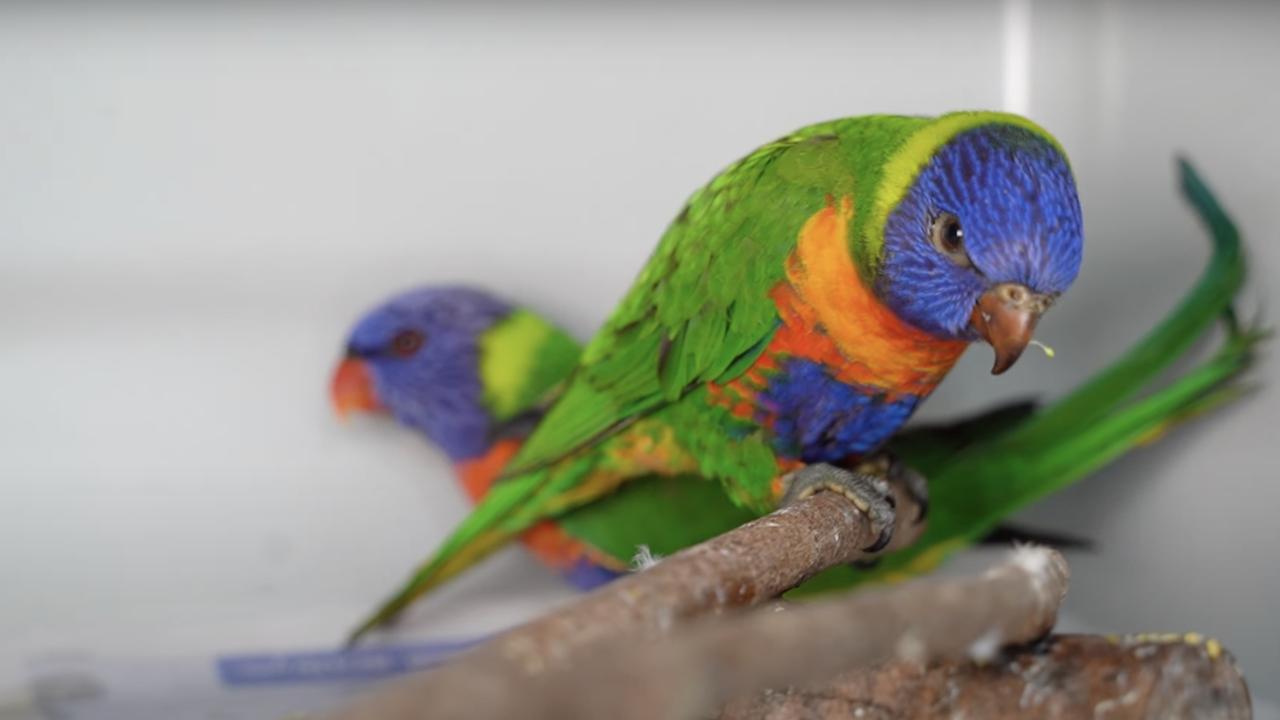
Call for the public to help
With so much uncertainty, scientists have called upon the public for help.
Researchers from the Lorikeet Paralysis Syndrome Project have asked birdwatchers between Bundaberg and Grafton to report what they see rainbow lorikeets eat.
The information submitted will help to narrow down the list of potential causes of LPS.
“We’re approaching this like a veterinarian investigating a patient,” Dr Phalen said.
“Only it’s not just one patient. It’s a whole flock.”






